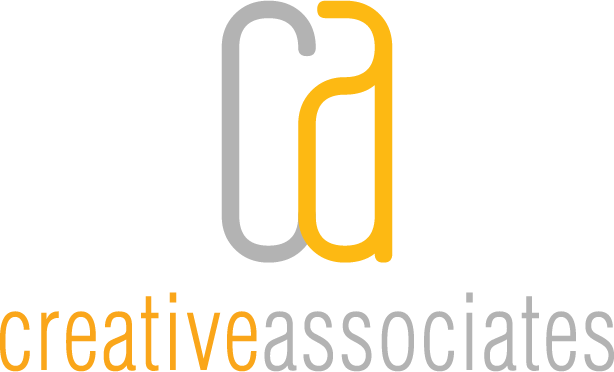Unpacking AI for Creatives
A Game-Changing Tool for Creative Professionals Who Embrace Innovation
First, I should point out that this article is not about AI in general, but more specifically about Generative AI. The term artificial intelligence (AI) was first used by John McCarthy in 1956 at an academic conference. However, up until recently, AI was primarily used to analyze data and make predictions — a very handy tool for manufacturers to assess performance and maintenance issues or for scientist to collect and analyze universal data but less useful for creative people.
By comparison, Generative AI can be used to create new things — new content, new images, new music. We’ve been hearing more and more about this form of AI as it is poised to have a major impact in areas like education, communications and design. With all that said, I will continue this article referring to Generative AI simply as AI.
The More Things Change, the More They Stay the Same
Fear not, fellow creators. History has taught us nothing if not that paradigm shifts are a regular occurrence and that after the initial shock, we generally adjust and move forward. Think of the change that streaming represented to the music industry or how COVID forced us all into the new normal of a WFH and hybrid workforce. That change is inevitable is one thing. Learning to embrace it, no leverage it, is the secret to success.
In a fast-paced digital world, we’re always on the lookout for new tools to take our creativity to the next level. Accepting that AI is likely here to stay, we can begin to warm to the idea that it’s just the latest gadget in our creative toolbox. It can help us tap into fresh ideas, save us time on mundane tasks, and spark ideas that captivate our audiences. It’s like a new highway that, tied to our artistic vision and human touch, can lead to fertile, uncharted territory.
From designers to writers, filmmakers to musicians, we love incorporating cutting-edge technologies that expand possibilities. AI promises a revolution in the way we do things. With its remarkable ability to analyze, learn, and generate content, AI is fast becoming our trusted ally, helping us to unlock unparalleled possibilities.
How Can We Use AI?
Let’s look at the very beginning of our creative process: idea generation. We all know that brainstorming can be both exciting and challenging. Well, guess what? AI is here to lend us a hand! AI algorithms have an amazing talent for analyzing massive amounts of data—from images and texts to audio and videos—and they can spot insights that we may have missed. It’s like having a powerful brainstorming partner that presents us with a range of potential ideas, fueling our imagination and expanding our creative vision. Executing on these ideas and concepts is next.
For visual artists, designers, and illustrators who are constantly striving to create jaw-dropping visuals, again, AI is here to help. AI-powered design tools can automate repetitive tasks—resizing images, retouching photographs and footage—giving us more time to focus on the conceptual aspects of the work. But that’s not all. By analyzing vast collections of visual data, picking up on patterns, styles, and trends, AI can inform our visual thinking to help us create more compelling, relevant and personal user experiences for our audiences. And with thoughtful, informed direction and input, AI can even be directed to create images and layouts on its own.
For all the wordsmiths out there, AI is becoming an indispensable companion for our writing. It’s like having a personal assistant that helps us polish prose and perfect grammar. But AI can do more! These clever algorithms can analyze vast databases, extract relevant information, and assist us in structuring and refining our content. They offer suggestions and even generate ideas, but rest assured, we’re still the ones making the final decisions.
Music and sound production are also witnessing an AI revolution. As musicians and sound engineers, we’re no strangers to pushing the boundaries of sonic artistry. AI is right there with us. It can analyze existing musical compositions, identify patterns, and suggest chord progressions or harmonious melodies. It can even simulate different instruments or vocal styles, allowing us to experiment and create music like never before.
Each generation of tools is eventually replaced by something more powerful. Imagine building homes today using a handsaw to cut every board instead of using a power saw. Throughout history, it has always been the task of creatives to embrace and incorporate new technologies—think the invention of the camera or audio recording—and AI is no different. Will the human touch always be required to harness and direct this tool to its best solution? Only time will tell as AI continues to develop, but I think we’re safe for a while. But beware and continue to make a friend of the technology. I recently saw a meme that said, “Your job will not be taken by AI, it will be taken by someone who is comfortable with AI.”

